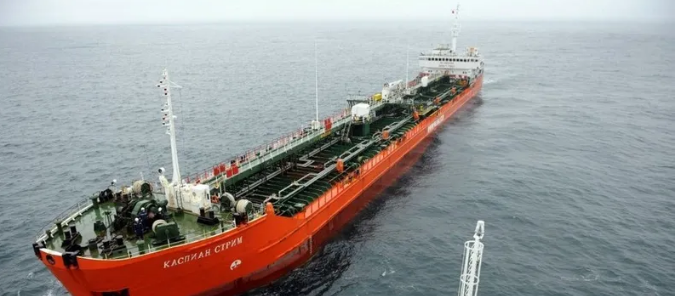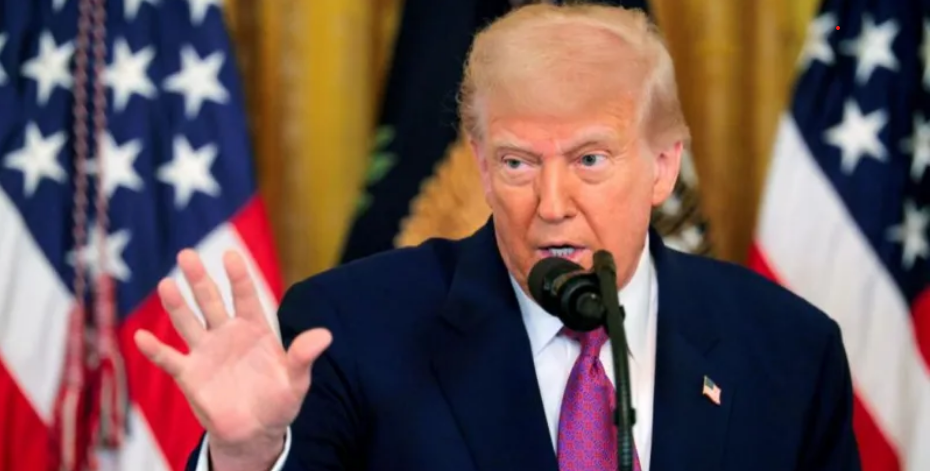
New Delhi, June 22, 2025 — As tensions escalate between Israel and Iran—with airstrikes targeting Iranian nuclear sites and U.S. involvement intensifying—India has significantly boosted its crude oil imports from Russia and the U.S. in June 2025. This strategic shift aims to fortify energy security and offset risks linked to Middle East instability.
🇷🇺 Record Russian Oil Imports
- In June, Indian refiners are projected to import 2–2.2 million barrels per day (bpd) of Russian crude—marking the highest monthly volume in two years, surpassing combined imports from Saudi Arabia, Iraq, UAE, and Kuwait (business-standard.com).
- This influx follows 1.96 million bpd in May, according to Kpler analytics (m.economictimes.com).
- The move underscores a deeper pivot: Russian crude now forms a larger share of India’s supply than traditional Middle Eastern sources.
🇺🇸 U.S. Imports Surge
- India’s crude imports from the United States surged to 439,000 bpd in June, up from 280,000 bpd in May (m.economictimes.com).
- The U.S. thus becomes an increasingly important energy partner, reflecting diversifying efforts amid uncertainty in the Strait of Hormuz region.
🌍 Why This Shift Matters Now
- The Iran–Israel conflict has jeopardized oil route security, especially through the Strait of Hormuz, which handles about 20% of global oil and gas flow (reuters.com).
- India’s Oil Minister Hardeep Singh Puri emphasized that the country has reduced dependence on Hormuz, with less than 50% of its ~4.8 million bpd crude supply now routed through the Strait (reuters.com).
🔐 Energy Security Strategy
- India’s Oil Marketing Companies reportedly hold several weeks of fuel stockpiles, prepared via alternative routes from Africa, America, Russia, and Latin America (reuters.com).
- Puri noted the government stands ready “to increase crude purchases from other sources” as needed (reuters.com).
📦 Logistics & Pricing Considerations
- Russian crude imports reach India via non-Hormuz routes such as the Suez Canal, Cape of Good Hope, and Pacific Ocean (livemint.com).
- Discounts on Urals crude have narrowed to around $2.25/barrel, making it more competitive (reuters.com).
- Analysts warn that any closure of Hormuz could sharply increase prices—and India’s diversification acts as a buffer (m.economictimes.com).
📈 Market Reactions
- Despite global jitters, no supply cuts have occurred yet. However, tanker activity shows a shift away from Gulf loadings, hinting at lower future Gulf volumes .
- Financial markets, including India’s rupee and government bonds, have felt pressure amid global oil volatility and fears of Hormuz disruptions (reuters.com).
🌐 Broader Energy Trends
- India’s move reflects a long-term trend: OPEC’s share in its oil imports fell to record lows last fiscal year, driven by increased purchases of discounted Russian crude, now its top supplier (reuters.com).
- The country has steadily shifted since mid-2022, reinforcing its strategic partnership with Russia while expanding sources—U.S., Latin America, Africa—to enhance supply resilience (reuters.com).
🧭 Why It’s Strategic
| Objective | Description |
|---|---|
| Diversify Risk | Reduce single-region dependence during Middle East volatility |
| Ensure Price Advantage | Leverage discounted Russian crude via varied shipping routes |
| Protect Energy Security | Build reserves and alternative logistics in case Hormuz is closed |
This multi-pronged strategy aligns with India’s broader economic and geopolitical goals, shielding it from shocks and demonstrating global energy leadership.
🔮 What Comes Next?
- Monitoring tensions: Any escalation in Iran–Israel conflict, or disruption in Hormuz, could test the effectiveness of India’s supply buffers.
- Strategic sourcing: India will likely maintain high Russian imports and stable U.S. volumes while possibly increasing purchases from Latin America or Africa—especially if discounts persist (timesofindia.indiatimes.com, business-standard.com, m.economictimes.com, reuters.com, en.wikipedia.org).
- Domestic stability: PM Modi and the MEA are tracking developments; contingency measures like contract renegotiations and diplomatic channels are in motion .
✅ Bottom Line
India’s June oil-import strategy—ramping up purchases from Russia and the U.S.—reflects calculated risk management, not panic. By rapidly shifting supplies amid a regional conflict threatening global oil flows, New Delhi demonstrates a proactive approach to energy security and economic resilience, keeping domestic markets insulated from volatility.


